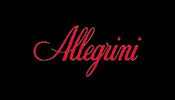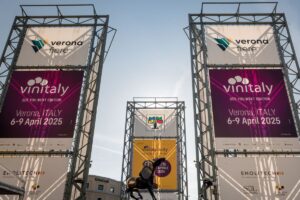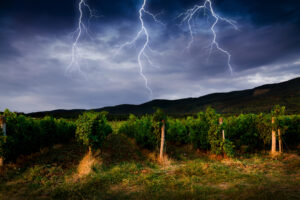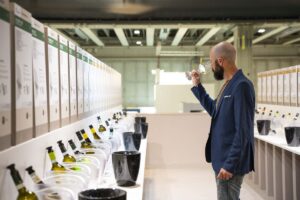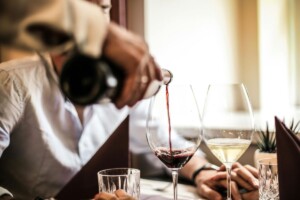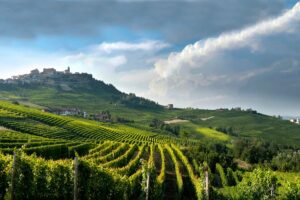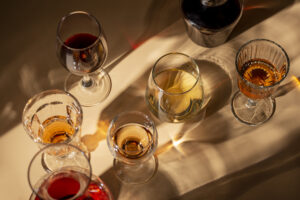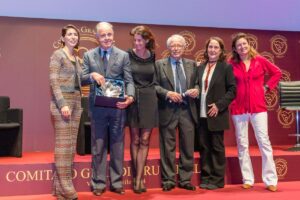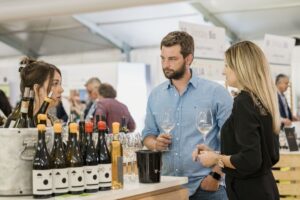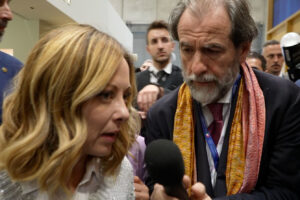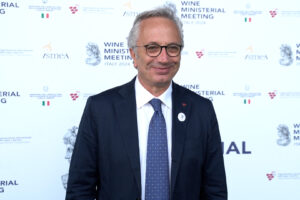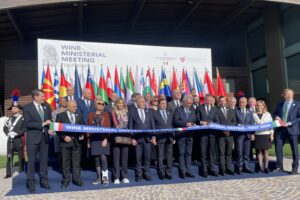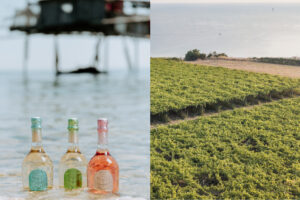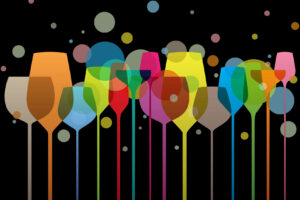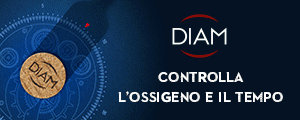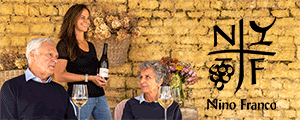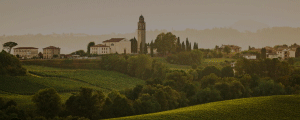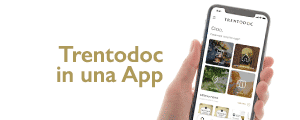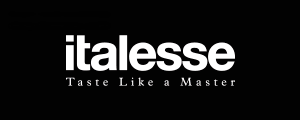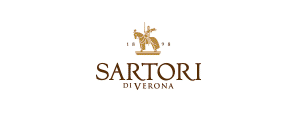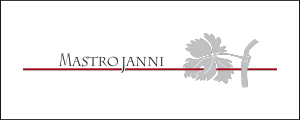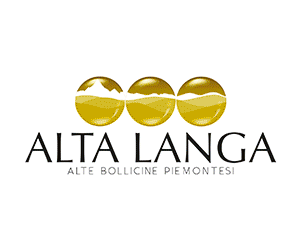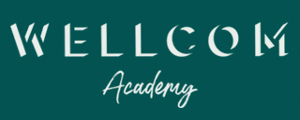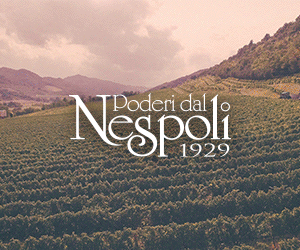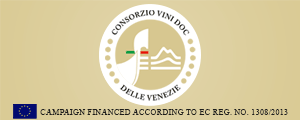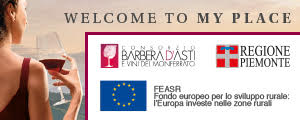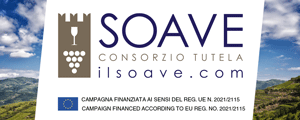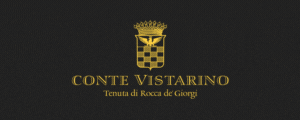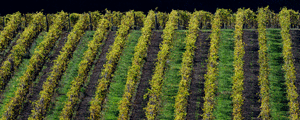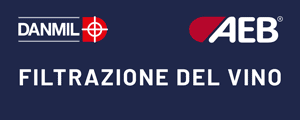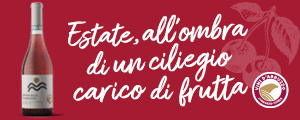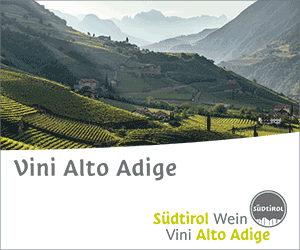There are no doubts about the origins of the "Champenoise" method, that is, the production process of sparkling wines through the second fermentation in the bottle with the introduction of sugar and yeasts: monk dom Perignon is universally acknowledged as its creator. Who was the first taster of the French bubbles, though? According to the historian, Patrick Demouy, the first bottles of Champagne (as we know it today, the result of assemblages and re-fermentations) were uncorked in 1722 by King Louis XV, the "Bien-Aimé", during the celebration of his coronation, in the Reims Cathedral.
As the French portal "Vitisphere" (www.vitisphere.com) points out, bottles of sparkling wines from Champagne were already commonly uncorked among the French aristocracy in the late sixteenth century (Sir George Etheredge refers to it in his play "the Man of Mode, 1676), but studies on the bubbles and the second fermentation in the bottle began to show tangible results only at the beginning of the following century. It was a quality evolution that Patrick Demouy places over a very long period of time, "between 1660 and 1710, during which Dom Pérignon carried out research on the assembly of different bases, but also on the clarification and the vinification of red grapes”.
The first official royal decree regarding Champagne, and conferring the monopoly of the "vin gris de champagne" to Normandy, is signed by Louis XV, and dates back to 1728. The first depiction of Champagne is also linked to the King of France, which appears in a painting dated 1735 by the painter Jean-François de Troy, "Dejeneur of huîtres", made for one of the dining rooms in Versailles, and is currently kept and exhibited at Château de Chantilly.
Copyright © 2000/2024
Contatti: info@winenews.it
Seguici anche su Twitter: @WineNewsIt
Seguici anche su Facebook: @winenewsit
Questo articolo è tratto dall'archivio di WineNews - Tutti i diritti riservati - Copyright © 2000/2024



